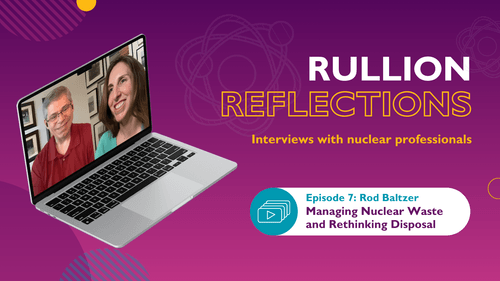The ROI of Building Talent Internally
Rising recruitment costs. Shrinking talent pools. Delays in delivery. For many critical infrastructure organisations, hiring externally won’t always get you the talent you need or the results you want. That’s why more leaders are shifting their focus from simply filling roles to building long-term capability.
A Train to Deploy strategy offers a smarter, more sustainable way forward. Cost reduction, accelerated readiness, and a workforce designed to meet both today’s demands and tomorrow’s opportunities.
Often referred to as a Hire Train Deploy model or Recruit Train Deploy strategy, Train to Deploy (TTD) is a workforce transformation solution that combines bespoke training with targeted deployment. It enables you to source talent based on behaviours and potential, then develop the technical skills your business needs. It’s a scalable workforce solution that delivers tangible ROI and long-term resilience.
1. Direct Cost Savings
Lower recruitment spend
You invest in readiness, not agency margins. External hiring often comes with hefty costs, agency fees, advertising, multiple interviews, onboarding, and more. And when those hires don’t stick, the cycle starts all over again. TTD reduces recruitment spend and reactive hiring by creating a pipeline of pre-trained, aligned talent. Spend shifts away from repetition and toward lasting capability.
Reduced contractor reliance
Reduce your dependency on high-cost, short-term fixes. A Train to Deploy strategy lets you build a pipeline of job-ready talent that meets your real-world operational needs. You’re able to scale back short-term or high-cost contingent labour and build talent capacity internally. This gives you more financial flexibility and control over your workforce model.
Higher retention rates
Investing in the right foundation leads to better long-term outcomes. When candidates are trained specifically for your roles, systems, and culture, they stay longer. With TTD, training is front-loaded and role-specific. People arrive more confident, capable, and connected to your purpose. That leads to lower attrition, less churn, and reduced hiring costs over time.
2. Value Beyond the Bottom Line
Faster onboarding, faster productivity
One of the biggest hidden costs in recruitment is lost time: the two-month ramp-up, the slow integration, the inconsistent onboarding. Our Train to Deploy solution shortens that curve. With role-specific onboarding delivered in advance, new hires contribute faster, helping you unlock value from day one.
Inclusive hiring, by design
Traditional hiring filters often exclude great candidates who don’t match a perfect CV. TTD is built around a behaviour-first approach. If someone has the right mindset and potential, Rullion helps develop the skillset, regardless of background, career history, or qualifications.
We call it inclusion without limits. And it helps organisations build community-reflective, inclusive talent pipelines that improve DEI metrics and culture, without compromising on quality or readiness.
Higher engagement and performance
When people feel prepared, supported, and set up for success, they thrive. X helps turn every new hire into a high-potential one. By nurturing confidence early and delivering job-specific training up front, it supports stronger retention, better collaboration, and more engaged, high-performing teams. That means better value per headcount and a stronger culture.
3. Future-Proofing the Workforce
Building skills before you need them
Whether you’re preparing for an infrastructure expansion, facing a retirement cliff, or adopting new technologies, a Train to Deploy solution helps you build skills in advance. By aligning talent development to your strategic goals, you’re never caught short when demand shifts. It’s one of the key benefits of Train to Deploy, enabling you to grow capability at pace with opportunity.
Built-in resilience
Organisations that build from within are better equipped to handle evolving industry or project landscapes.
A Train to Deploy model gives you the agility to scale teams, adopt new technologies, or respond to regulatory shifts. With a workforce already trained and aligned. The ROI of Train to Deploy is beyond just pounds saved; it’s in adaptability gained.
Institutional knowledge transfer
By redeploying contractors or training new hires to shadow outgoing specialists, a Train to Deploy framework helps retain hard-won expertise that might otherwise walk out the door. This workforce transformation strategy makes sure knowledge transfer is captured through structured training and handovers. It protects institutional knowledge, safeguards IP, and ensures continuity during transitions.
The ROI Goes Deeper Than Cost
Yes, Train to Deploy delivers tangible cost savings. It also transforms how your organisation functions. This long-term workforce transformation is where the true ROI of Train to Deploy is realised: in cost, capability, and culture.
When you invest in internal capability, you don’t just plug gaps. You shift from reactive hiring to future-fit teams. You create a workforce that reflects where your business is today and where it’s going.
Want to see how Train to Deploy could deliver ROI for your organisation?
Download the Train to Deploy Toolkit or visit our Train to Deploy solution page to explore how this strategic workforce solution can help you get work done.
Ready to quantify the ROI of building talent from within? Book a discovery call with one of our consultants.
Discover how our Train to Deploy solution can cut costs, boost retention, and future-proof your workforce.





